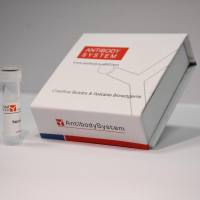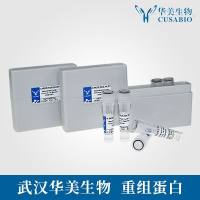In Vivo Measurement of Tissue Oxygen Using Electron Paramagnetic Resonance Spectroscopy with Oxygen-Sensitive Paramagnetic Particle, Lithium Phthalocy
互联网
互联网
相关产品推荐

InVivoMAb 抗小鼠 CD274/PD-L1/B7-H1 Antibody (10F.9G2),InVivo体内功能抗体(In Vivo)
¥2700

Recombinant-Aliivibrio-salmonicida-Electron-transport-complex-protein-RnfDrnfDElectron transport complex protein RnfD
¥11900

Coagulation Factor III / Tissue Factor / CD142 鼠单抗 (FITC)
¥700

OPN1LW/OPN1LW蛋白Recombinant Human Long-wave-sensitive opsin 1 (OPN1LW)重组蛋白Long-wave-sensitive opsin 1(Red cone photoreceptor pigment)(Red-sensitive opsin)(ROP)蛋白
¥9720

Lithium hexafluorophosphate;S70603--
¥31

